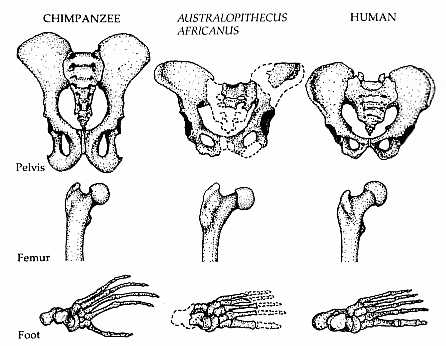Based on your knowledge of human evolution, how might opposable toes have been useful to humans' ancestors?
1 Answer
Opposable toes helped our arboreal ancestors to grasp tree branches.
Explanation:
Human line of evolution starts with history of evolution of primates. Early primates were tree dwelling (hence arboreal) shrew like organisms. Opposable thumb and big toe in fore and hind limb helped them a lot to grasp and hold the tree branches of their habitat.
Opposable first digits also help organisms to handle objects: and this character is still retained in our hands; but human ancestors adopted a more terrestrial life on African grasslands about 6 million years ago and gradually opposable digit of hind limb lost its importance.
Scientists consider members of fossilised Australopithecus to be missing link between ape and human. The Australopithicines considerably lost opposability of big toe as you can see in the attached illustration.

The opposable nature of thumb was very much retained in Australopithecus .

